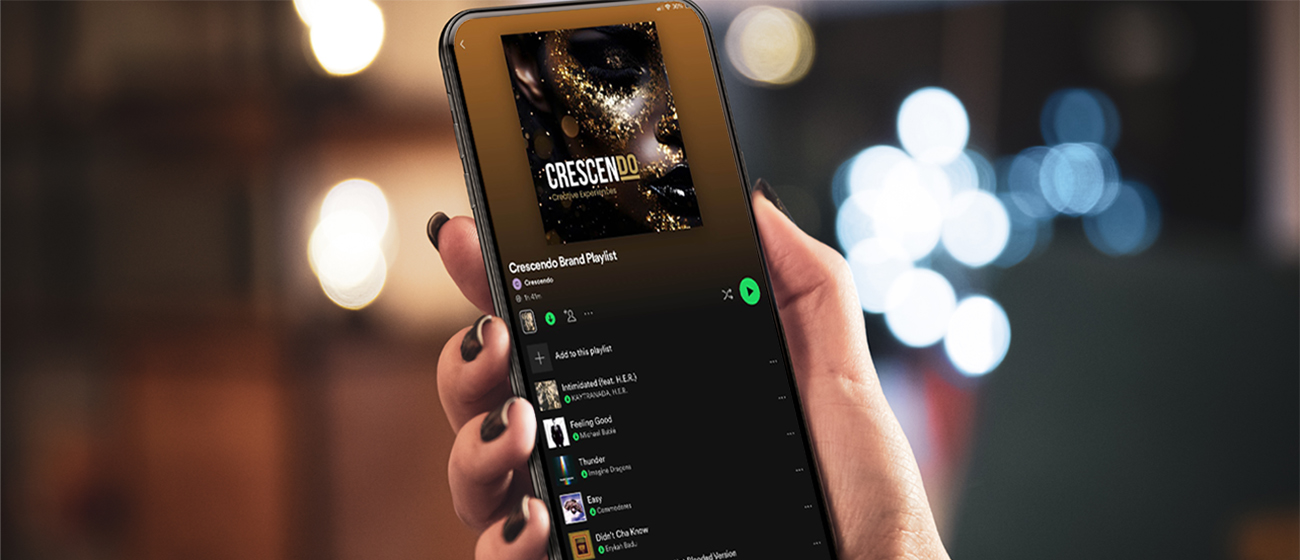It seems tracking Return on Investment is no longer enough…
If you really want to know how successful your events have been, you need to embrace some new metrics.

Return on Investment (ROI) is a well-known and easy-to-explain measurement – it’s all about how much money you put in, and how much money you get out. But business is more nuanced than this, particularly when it comes to experiences.
Most events aren’t designed to make an immediate, transactional, financial return. Does this mean they aren’t worth investing in? Of course not, but as with anything that costs money there needs to be a level of justification around the costs and a more comprehensive way of determining budgets.
The problem is events aren’t as quantifiable as product purchases. However, there is a measurement that both event managers and retailers should be considering…
Return on Experience (ROX) is widely used in the e-commerce industry but applies to all areas of business. It addresses Customer Experience (CX) and how these consumers might navigate your website. Whether it was easy-to-use and whether it will result in future visits/purchases. It’s also a metric used in hospitality, particularly in hotels, as a way of determining if guests have had a seamless and enjoyable experience from booking and checking-in to staying and checking-out.
The ROI of ROX is clear too. According to research from PwC, there are bottom-line benefits from consistently delivering superior experiences – in fact, it was found that companies that make it a priority can charge a premium of up to 16% for their products and services. And this is a modest premium, think about concert or theatre tickets and how much more people will pay to have better seats. Or airlines, you could fly short-haul on a budget airline for half the price, but many will fly with national carriers because they want better levels of service and comfort.
How does this all apply to events?
Well, the experience of navigating a room is as important, if not more so, as the experience of navigating a website. The experience of collecting your badge at an event is comparable to checking-in to a hotel (and sometimes includes this). And if people are willing to pay more for superior experiences and services then it means they will place higher value on your event even if it’s not ticketed.
And so all of this puts emphasis on the importance of the little things such as signage, registration and service. Which can all be measured. How long did it take people to collect their badge? How long did it take people to find the right room? How long did it take for people to get a tea or coffee? And when you measure all these things and crunch the numbers you get ROX.
But is that enough to place an accurate value on the true ‘worth’ of an event?
This is where ROE comes in. Return on Event, is an all-encompassing measurement that includes ROX, ROI, the infamous Net Promoter Score and a plethora of other metrics. It looks at the aforementioned quantitative data, but also the qualitative data – such as attendee happiness and brand advocacy.
And believe it or not, things like fun can be measured too. From attendance and retention data to social media sentiment analysis, delegate interviews and press reviews, the number crunching is limitless.
So start measuring your ROX and ROE from today and get a real understanding of how successful your events and activations are. Prove the worth of that flash mob, marching band, firework display and A-list celebrity keynote so that you can continue to deliver the most fun for your attendees.

